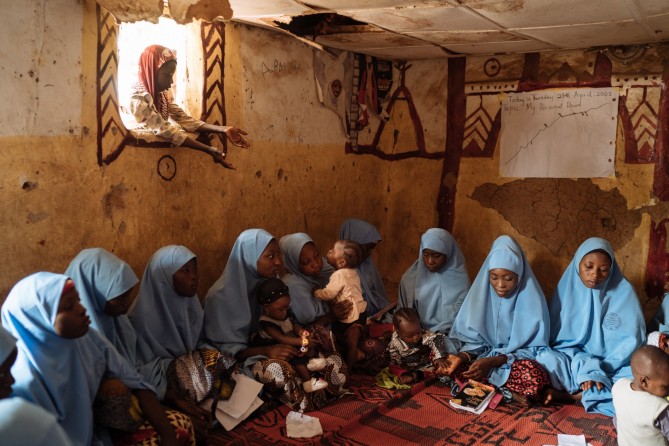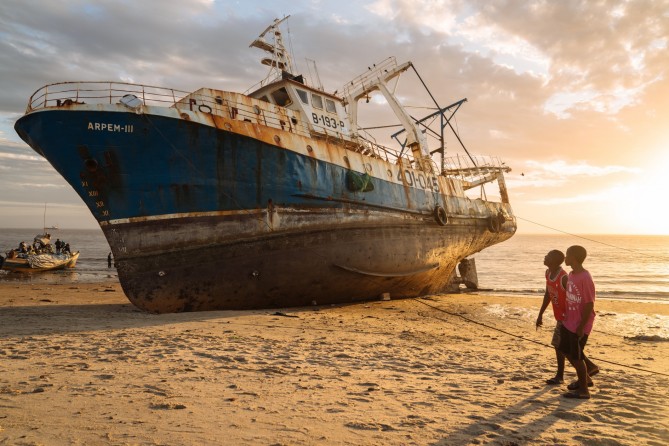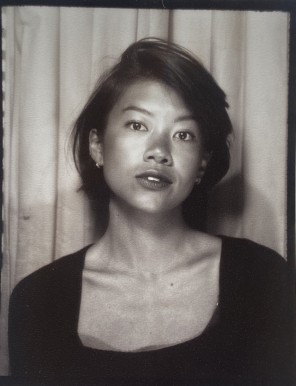Morales, whose works have been published in The New York Times, National Geographic and The Washington Post, among others, was cited for her “creative series of photographs documenting a ‘youthquake’ occurring in Africa where, by 2050, the continent will account for one-quarter of the world’s population and one-third of its young people.” She’s one of three finalists in the photojournalism category this year.
Photos from The Pulitzer Prize website
Just who is Hannah Reyes Morales? The Pulitzer Prize website describes her as a “Filipina photographer who focuses on bringing historical memory and current events home, by looking at how they shape daily life.”
This brief description is reflected in her series of vibrant and arresting photos splashed on the Pulitzer Prize website of African youth in Kenya, Morocco, Senegal and Mozambique, among other countries, in their respective local milieus. Her track record as a photojournalist betrays a soft spot in her heart for women, children and the youth.
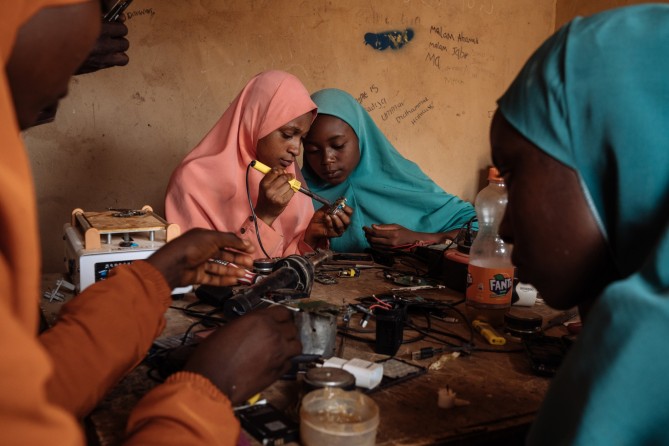

“Her long-term project Living Lullabies explores the role of lullabies in creating safer spaces for children and caregivers in challenging environments globally. Blending photography, audio, animation and performance from collaborators, the project illuminates critical issues facing women and children through the storytelling of families’ nighttime rituals,” the Pulitzer Prize website adds.
Apart from seeing her work published in such prestigious US-based media outlets such as The New York Times, National Geographic Magazine and The Washington Post, Morales is also the recipient of the Tim Hetherington Visionary Award and the ICP Infinity Award for Documentary Practice and Visual Journalism, and was named a cultural leader by the World Economic Forum ASEAN.
According to the Pulitzer Prize website, Morales was also commissioned as the Nobel Peace Prize photographer in 2021. She is the recipient of a 2023 Pictures of the Year International Award, and a 2023 World Press Photo Award.
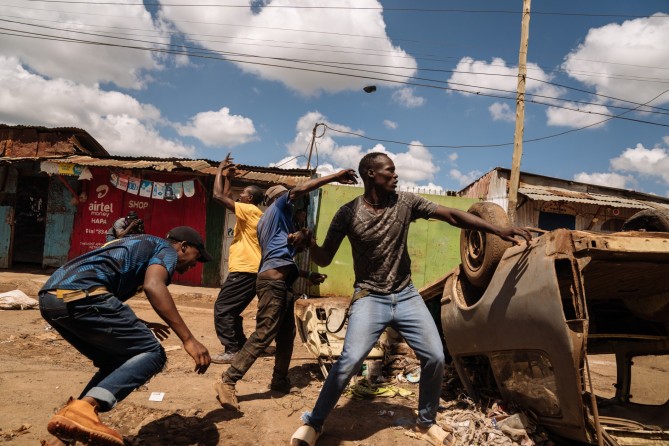
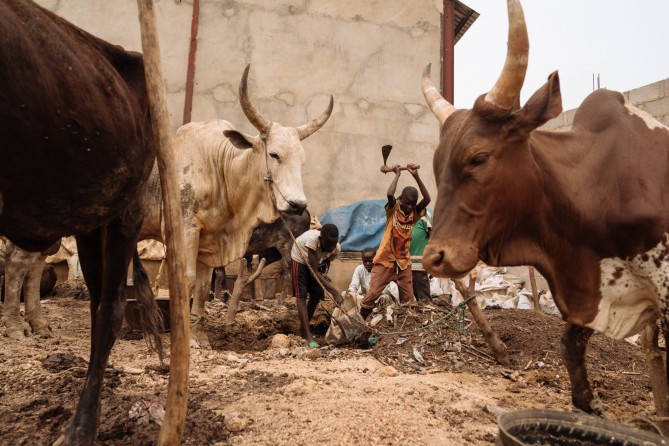
“Ms. Reyes Morales is currently focusing on longer-term projects. She is a co-founder of Emerging Islands, a grassroots program connecting artists with scientists and coastal communities to tell island stories through art.
“She is a National Geographic explorer and a 2022-2023 fellow at Columbia University’s Institute for Ideas and Imagination in Paris,” says the Pulitzer Prize website.
She and fellow finalist Nanna Heitmann, a contributor for The New York Times, were edged out by photography staff of the Associated press for their “poignant photographs chronicling unprecedented masses of migrants and their arduous journey north from Colombia to the border of the United States.”
This year’s jury is composed of veteran editors and photojournalists from some of America’s most respected media outlets such as The Philadelphia Inquirer, USA Today, Star Tribune and the Associated Press, among others.
The board behind Pulitzer Prize, which was named after its founder, trailblazing Hungarian American publisher Joseph Pulitzer, started giving out awards in 1917 to exceptional and deserving work in the field of journalism and the arts.
